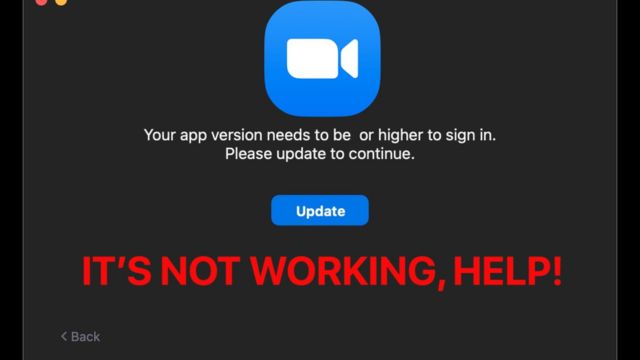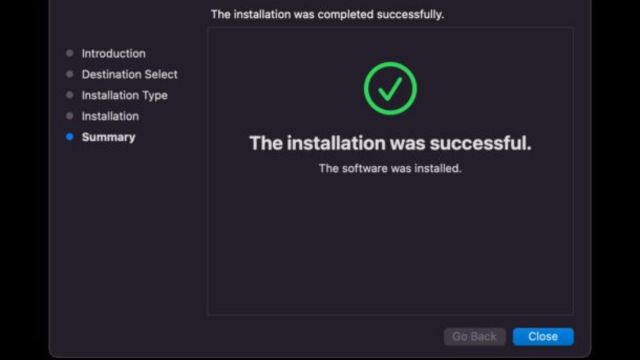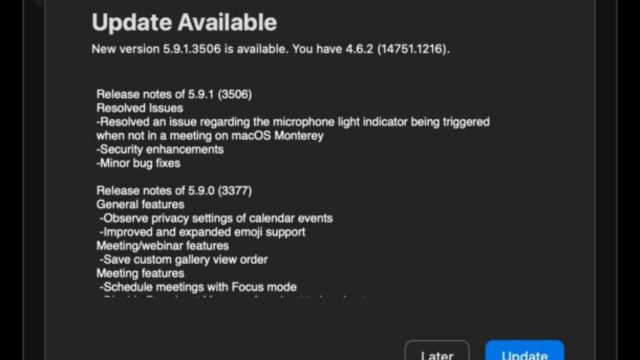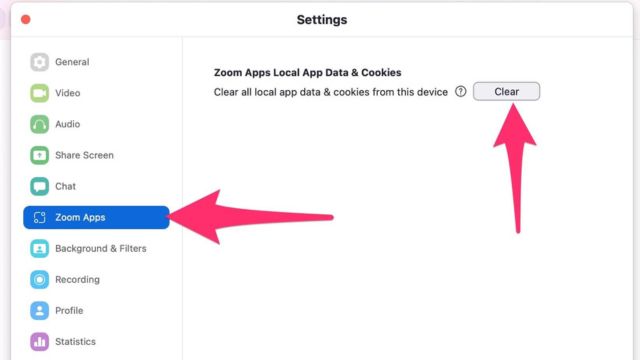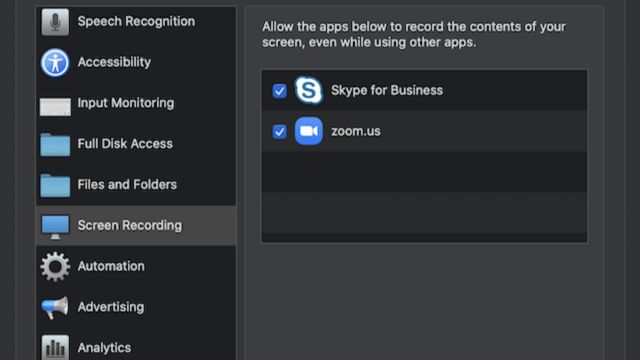In the world of digital communication, where things change quickly, apps like Zoom have become essential tools that make it easy for people from all over the world to talk to each other online. Zoom is a useful tool for business meetings, schoolwork, and just keeping in touch with family and friends.
But, like all software, it has bugs from time to time. If you have a Mac, the fact that Zoom won’t update might bother you. In this detailed piece, we’ll look at what could be causing the Zoom update problem on Mac computers and how to fix it. We’ll also tell you how to fix and solve this problem in-depth and step by step.
Table of Contents
Why is Zoom Not Updating on Mac? Trying to figure things out
Understanding the Crucial Role of Regular Zoom Updates
As the most popular virtual communication tool, Zoom releases updates often to improve the user experience, make security features stronger, and improve overall speed. These changes could fix bugs, make music and video play better or even add new features. Keeping the version of Zoom on your Mac up to date with the latest version not only improves your experience as a user but also keeps your online friends safer.
Identifying Common Culprits for Zoom’s Update Dysfunctionality
- Not getting along with System software that is too old. Make sure your Mac’s running system is up to date before you update Zoom. The requirements for the most current Zoom updates might not work with older systems, making it hard to run them.
- Having trouble staying connected to the internet. You can’t say enough about how vital a stable internet link is for getting and installing software updates. If your internet link is slow or inadequate, updates might not work right.
- Not Enough Space for Storage: A Possible Turnoff. Any kind of program update, like Zoom, needs a certain amount of space on the hard drive to work well. If your Mac’s storage is almost full, downloading and installing updates might not go as fast as they could.
A Walkthrough of Troubleshooting Strategies to Overcome Zoom’s Update Hurdle
Method 1: Checking System Requirements to Make Updates Move Along
It is very important to make sure that your Mac meets the hardware requirements for the latest version of Zoom. When your system doesn’t work as it should, you might want to think about getting new tools.
Method 2: Making sure that Internet links are strong and stable
Before you start the update process, make sure that you can connect to the internet. If you choose a wired connection or make sure your Wi-Fi signal is strong, the update process should go easily.
Method 3: Cleaning up: Getting rid of cache and temporary files
Sometimes, caches and temporary files can make it harder for program changes to go smoothly. Using maintenance tools that come with the computer or well-known apps from the outside can make a big difference in how well these files are cleaned up.
Method 4: Liberating Disk Space for Uninterrupted Updates
When your Mac’s storage sounds like it’s complete, get rid of things you don’t need or move them to an external storage spot. This gives Zoom more room and makes it easier for updates to come in.
Method 5: Brief Tryst with Tech Guardians: Temporarily Disabling Security Software
Since security software and routers are always watching, the update from Zoom could sometimes look like an attack to them. Before starting the update, taking these hurdles down for a short time can make the trip easier.
Method 6: Using Manual Updates as a Way to Avoid Manual Intervention
There is a way to update by hand if the automatic way gets stuck. Go to Zoom’s website, download the most current installer, and run the program by hand.
Paving Pathways to Futuristic Flawlessness: Ensuring Subsequent Smooth Updates
Automation Allies: Embracing Automatic Updates
Use the tool in Zoom to make automatic changes so that updates don’t bother you in the future. This makes it more likely that automated processes will make keeping up with updates more accessible in the future.
Beneath the Surface: Regular System Upkeep for Sustained Performance
Taking care of your Mac yourself is the best way to keep it running well. Getting rid of similar files regularly, keeping up with software changes outside of Zoom, and doing regular disk health checks all help to make a system that can handle stress.
Conclusion
If you want your live meeting to go well, you need to make sure your Mac has the most recent version of Zoom. By following the orderly steps in this article, you will not only fix the problem of “Zoom not updating,” but you will also be able to have video calls and group projects that don’t stop working. To read more content like this, visit https://www.trendblog.net.
Frequently Asked Questions (FAQs)
Why is it important to keep Zoom updated?
By keeping Zoom updated, you can use the newest features and keep yourself safer.
Can Zoom still be updated even if my Internet link is slow?
You should have a strong and stable internet link for changes to go well.
What if the latest version of Zoom doesn’t work on my Mac because it doesn’t meet the requirements?
In these situations, you might want to think about getting new gear so you can use all of the new Zoom features.
Can security software be turned off while changes are being made?
You can turn off security software for a short time to make it easier to install changes but don’t forget to turn it back on right away.
How often does Zoom get new features?
Zoom puts out new versions often. Most of the time, these changes come from what people say and add new features.


